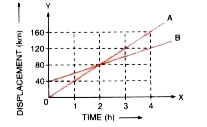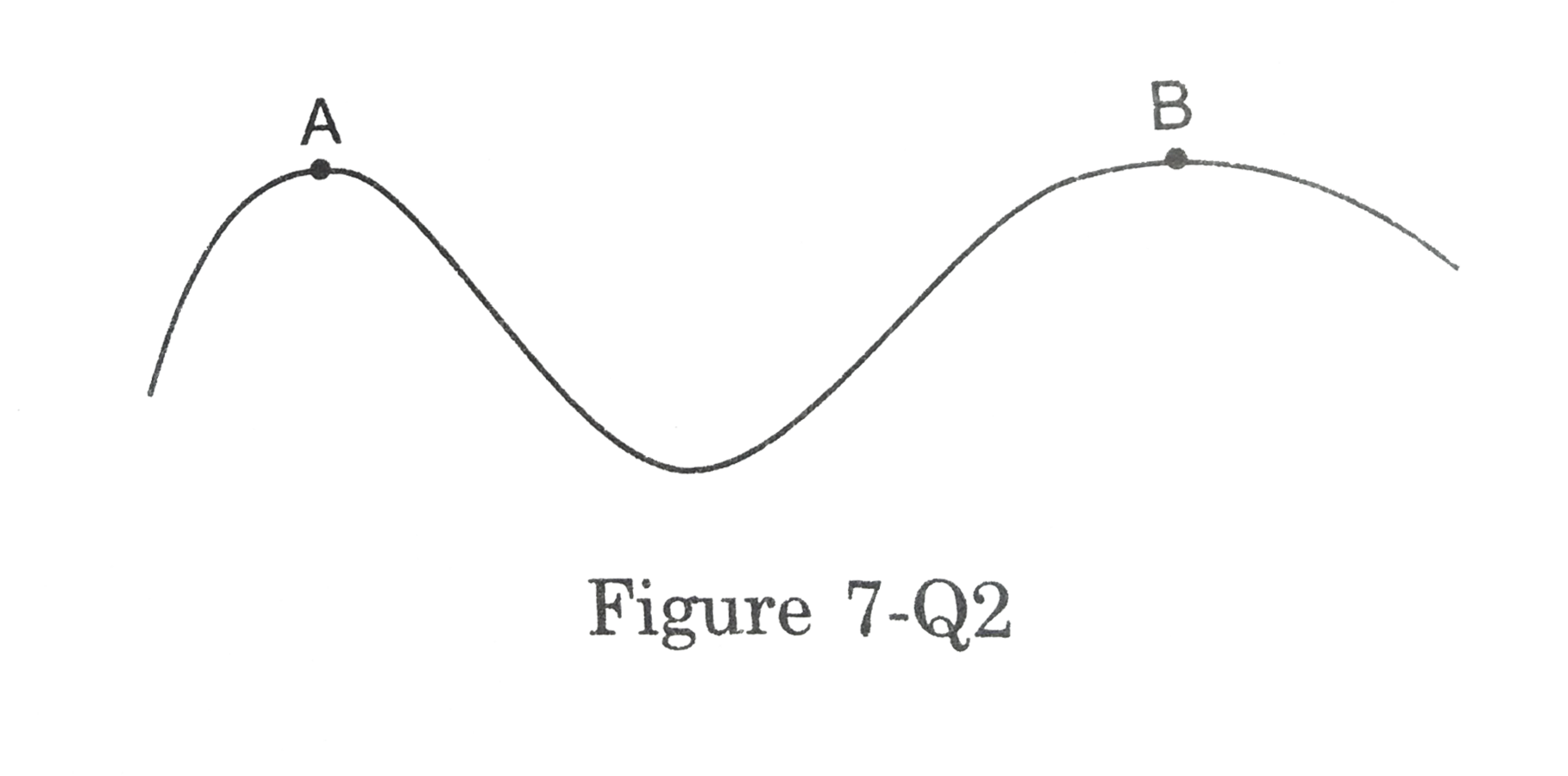Out of 500 car owners investigated, 400 owned car A and 200 owned car B, 50 owned both A and B cars. Is this data correct?
To determine if the data about car ownership is correct, we can use the principle of inclusion-exclusion for sets. Let's break down the solution step by step.
Step 1: Define the Sets
Let:
- A be the set of car owners who own car A.
- B be the set of car owners who own car B.
From the problem, we have:
- n(A)=400 (number of owners of car A)
- n(B)=200 (number of owners of car B)
- n(A∩B)=50 (number of owners who own both cars A and B)
Step 2: Use the Inclusion-Exclusion Principle
According to the inclusion-exclusion principle, the total number of unique car owners who own either car A or car B (or both) can be calculated as:
n(A∪B)=n(A)+n(B)−n(A∩B)
Step 3: Substitute the Values
Substituting the values we have into the formula:
n(A∪B)=400+200−50
n(A∪B)=600−50
n(A∪B)=550
Step 4: Compare with Total Owners
We know that the total number of car owners investigated is 500. Thus:
n(A∪B)=550
Step 5: Conclusion
Since n(A∪B)=550 is greater than the total number of car owners (500), this indicates that there is an inconsistency in the data provided. Therefore, the data is incorrect.
Final Answer
Thus, the data regarding car ownership is incorrect.
---
Let:
- A be the set of car owners who own car A.
- B be the set of car owners who own car B.
- n(A)=400 (number of owners of car A)
- n(B)=200 (number of owners of car B)
- n(A∩B)=50 (number of owners who own both cars A and B)
According to the inclusion-exclusion principle, the total number of unique car owners who own either car A or car B (or both) can be calculated as:
n(A∪B)=n(A)+n(B)−n(A∩B)
Substituting the values we have into the formula:
n(A∪B)=400+200−50
n(A∪B)=600−50
n(A∪B)=550
We know that the total number of car owners investigated is 500. Thus:
n(A∪B)=550
Since n(A∪B)=550 is greater than the total number of car owners (500), this indicates that there is an inconsistency in the data provided. Therefore, the data is incorrect.
Thus, the data regarding car ownership is incorrect.
Topper's Solved these Questions
Similar Questions
Out of 500 car drivers, 400 are the owners of Maruti and 200 are the owners of Hundai. If 50 are the owners of both, then find the whether the datas are correct or not ?
View SolutionFig. 2.40 ahead represents the displacement-time sketch of motion of two cars A and B. Find :(i) the distance by which the car B was initially ahead of car A.
(ii) the velocities of car A and car B.
(iii) the time in which car A catches car B.
(iv) the distance from start when the car A will catch the car B.

View SolutionTwo cars a and B starts motion with a velocity of 10m/s and 20m/s respectively. Car a moves with a constant acceleration of 2.5m/s2 and car B have constant acceleration of 0.5m/s2 as shown in figure. Find when car A will over take car B. Dimension of car is negligible as compare to distance. Find the time after which car A over takes car B.
View SolutionIn a certain town, 25% families own a phone and 15% own a car, 65% families own neither a phone nor a car. 2000 families own both a car and a phone, then
View SolutionIn a certain town 25% families own a phone and 15% own a car, 65% families own neither a phone nor a car, 2000 families own both a car and a phone . How many families live in the town ?
View SolutionTwo cars A and B are moving on parallel roads in the same direction. Car A moves with constant velocity 30m/s and car B moves with constant acceleration 2.5m/s2 . At , car A is ahead of car B and car B is moving with 12m/s velocity . The distance travelled by car B until it overtakes car A is
View SolutionCar A and car B move on a straight road and their velocity versus time graph are as shown in figure. Comparing the motion or car A in between t=0 to t=8sec. And motion of car B in between t=0 to t=7sec., pick up the correct statement.
 .
.
View SolutionAn automobile engine propels a 1000 kg car (A) along a levelled road at a speed of 36 km//h. Find the power if the opposing frictional force is 100 N Now, suppose after travelling a distance of 200 m, this car collides with another stationary car (B) of same mass and comes to rest. Let its engine also stop at the same time. Now car (B) starts moving on the same level road without getting its engine started. Find the speed of the car (B) just after the collision.
View SolutionA car moves at a constant speed on a road as shown in figure. The normal force by the road on the car is NAandNB when it is at the points A and B respectively
 .
.
View SolutionTwo car garages have a common gate which needs to open automatically when a car enters either of the garages or cars enter both. Devise a circuit that resembles this situation using diodes for the situation .
View Solution
